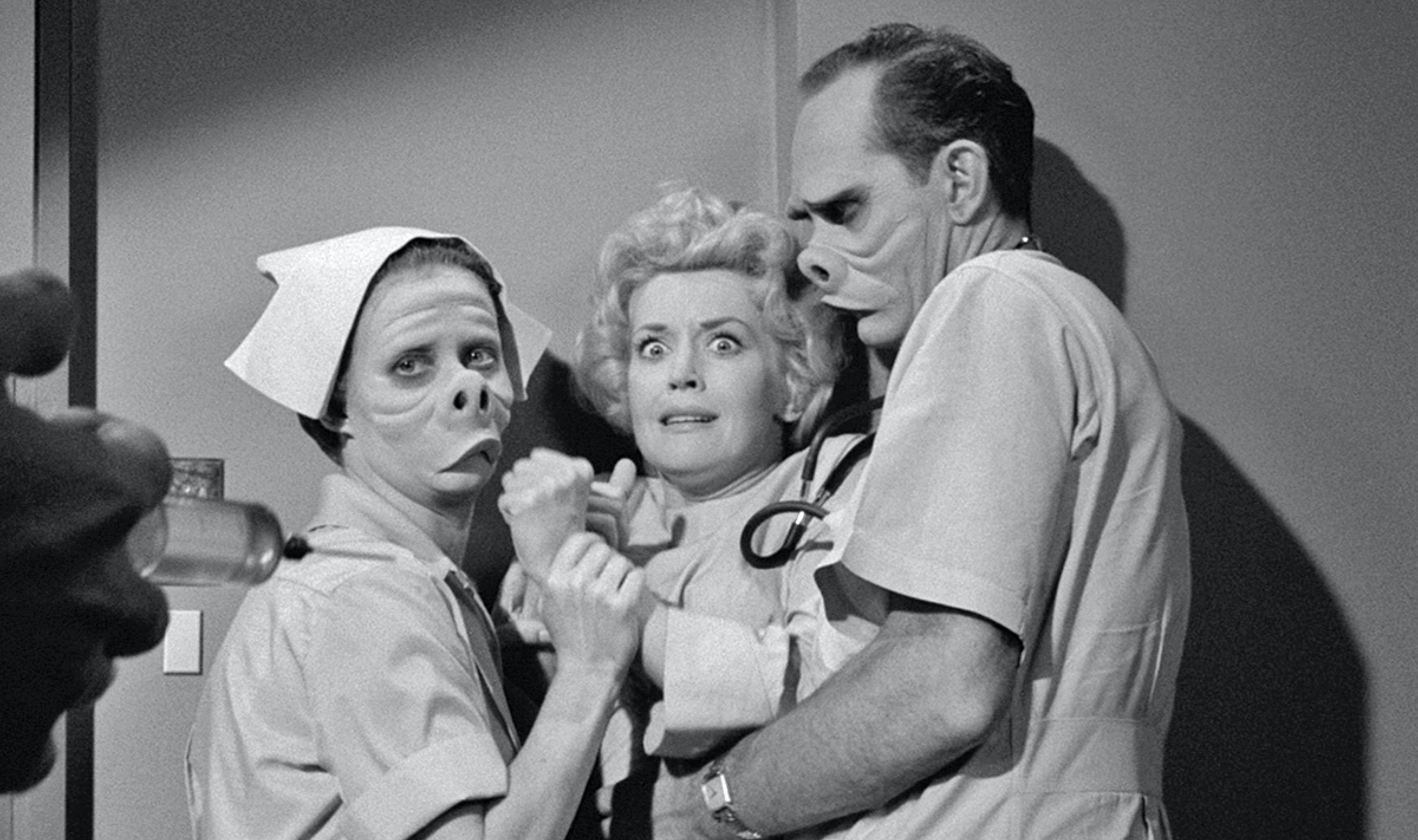

TWILIGHT ZONE 2019 SERIES
And the new series misses having a unifying sensibility or voice. (The episodes playfully deposit him in the midst of the set - at a diner, on an airplane’s video monitors - giving a dead-sober read on Serling’s much-parodied introductions.) But except for a shared “story by” credit on one episode, he didn’t write. Peele produces and hosts the new series, as Serling did. But as for finding its own distinctive place, it’s still looking. The new “Twilight Zone,” which arrives Monday on CBS All Access, does not lack for talent, big names or production resources. So anyone remaking the series in 2019 has to answer, not just what is “The Twilight Zone” 60 years later, but where is it? In an age when there’s little you can’t show on TV, where are the forbidden zones? What is it people can’t say - or, at least, won’t say? The show’s title came to define anything uncanny, any situation in which our sublimated nightmares became manifest. Serling, a playwright harried by network censors in the 1950s, saw that he could tell unsettling stories - about prejudice, conformity, human frailty - if he dressed them in monster masks and alien goo. He defined it, in his signature Professor Spooky voice-over, as a place between light and shadow, science and superstition - you know the drill.īut the twilight zone was also a safe space, an underground meeting place to talk about things you couldn’t talk about on TV. When Rod Serling opened “The Twilight Zone” for business in 1959, it was a single, specific location.


 0 kommentar(er)
0 kommentar(er)
